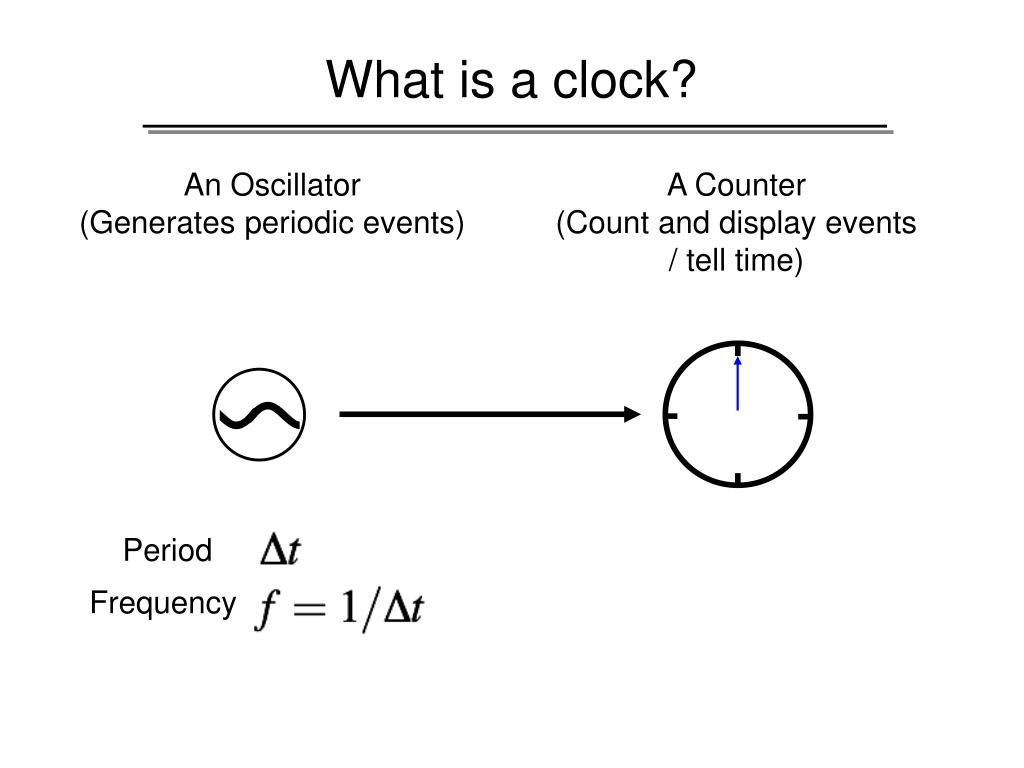
Her latest book, " Why Am I Taller?", is co-written with astronaut Dave Williams. Elizabeth's reporting includes multiple exclusives with the White House and Office of the Vice-President of the United States, an exclusive conversation with aspiring space tourist (and NSYNC bassist) Lance Bass, speaking several times with the International Space Station, witnessing five human spaceflight launches on two continents, working inside a spacesuit, and participating in a simulated Mars mission. She was contributing writer for for 10 years before joining full-time. Follow us on Twitter or Facebook.Įlizabeth Howell (she/her), Ph.D., is a staff writer in the spaceflight channel since 2022 covering diversity, education and gaming as well. "That's really significant for a lot of real-world applications, where our laser looks a lot more like what you would take out into the field."įollow Elizabeth Howell on Twitter. "The amazing thing is that we demonstrated similar performance as the JILA group despite the fact that we're using an orders of magnitude worse laser," Kolkowitz said. The other study, led by a research institute in Colorado called JILA (formerly known as the Joint Institute for Laboratory Astrophysics), set the world record overall for the most precise frequency difference. SpaceX's Amazing Falcon Heavy Triple Rocket LandingĬoincidentally, an unrelated study in the same issue of Nature published a frequency difference between the top and bottom of a dispersed cloud of atoms about 10 times better than the UW–Madison group. Ultraprecise Atomic Clock Network on the Hunt for Dark Matter SpaceX's Falcon Heavy: Latest News, Images and Video Ultimately, the researchers detected a difference in the ticking rate between two atomic clocks "that would correspond to them disagreeing with each other by only one second every 300 billion years - a measurement of precision timekeeping that sets a world record for two spatially separated clocks," the university said. The team ran the experiment over 1,000 times to measure the difference, finding more precision in that measurement over time. The group then attempted to measure differences between clocks precisely, because two groups of atoms in slightly different environments will "tick" at different rates due to changes in magnetic fields or gravity. "But because the clocks are in the same environment and experience the exact same laser light, the effect of the laser drops out completely." "Normally, our laser would limit the performance of these clocks," Kolkowitz said. This program could create many of the critical technologies, components, and demonstrations leading to a potential future networked clock architecture.NASA's Deep Space Atomic Clock, seen here in an artist's illustration, will test out new technology to for deep-space navigation. “If we’re successful, these optical clocks would provide a 100x increase in precision, or decrease in timing error, over existing microwave atomic clocks, and demonstrate improved holdover of nanosecond timing precision from a few hours to a month. “The goal is to transition optical atomic clocks from elaborate laboratory configurations to small and robust versions that can operate outside the lab,” said Tatjana Curcic, program manager in DARPA’s Defense Sciences Office. It would also be accurate to a nanosecond precision for 30 days in the absence of GPS. In the second phase, the focus will be on creating a larger transportable version that can be used in a Navy ship or field. Moreover, it should be tough enough, so that it could withstand the temperatures, acceleration, and vibrational noise. It would also be able to maintain pico-second accuracy for 100 seconds at a time.
Program aims make optical atomic clocks install#
The clock would be small enough to install in a fighter jet or satellite.

Program aims make optical atomic clocks portable#
In the first phase, ROCKn plans to develop a robust, high-precision small portable optical clock. ROCkN program will consist of two separate phases These clocks are compact enough to fit inside a military aircraft, warship, or field vehicle.

ROCkN plans to build low size, weight, and power (SWaP) optical atomic clocks that are practical and super accurate. government agency DARPA has recently announced the Robust Optical Clock Network (ROCkN) program. At times, GPS technology could be jammed by adversaries. For these operations, there is a high reliance on GPS. In the war field, a timing error of just a few billionths of a second could cause a missile to miss its target.


 0 kommentar(er)
0 kommentar(er)
